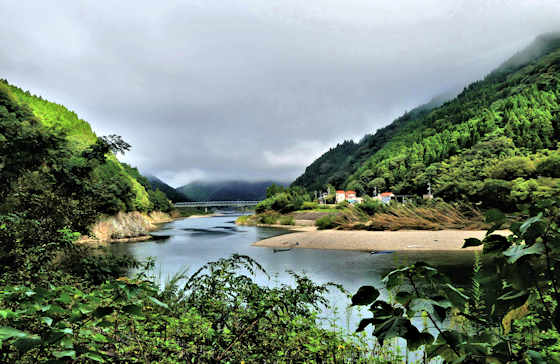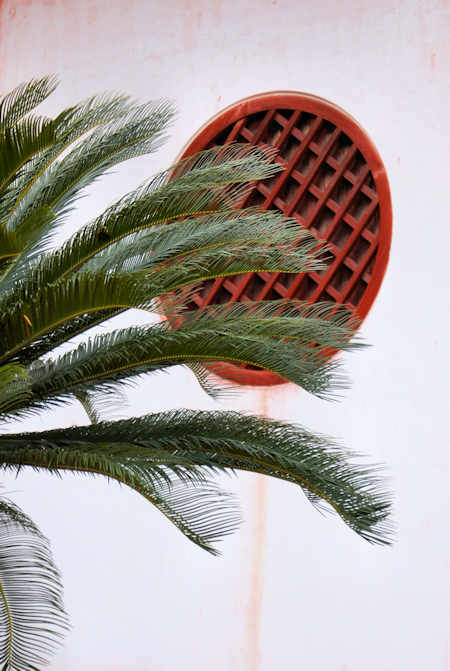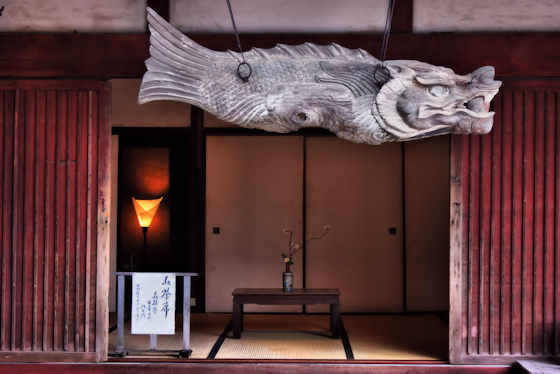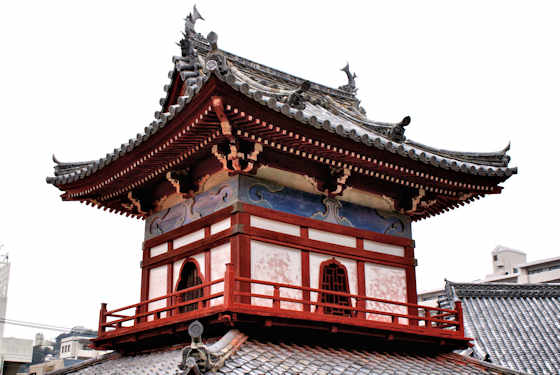Friday, September 15, 2023
Kishu Toshogu Shrine
Thursday, September 14, 2023
Shofukuji Temple Nagasaki
The Sanmon, the main gate, was built in 1703. Along with the other main structures of Shofukuji, it is an Important Cultural Property and is currently undergoing major renovation.
The Tenmoden Hall contains a large statue of Hotei, one of the Seven Lucky Gods in Japan, and originally a Chinese monk named Budai. In the West, he is often referred to as the Laughing Buddha.
Tuesday, September 12, 2023
Around Kawado on the Gonokawa River
The bridge that crosses the river to Kawado is painted in a very distinctive colour scheme that , I believe, represents the river, the sjy, and cherry blossoms. Not sure when the bridge was built. There was a major flood of Kawado back in the 1960's so it certainly postdates that. I have seen an old photos of a low wooden bridge in the 1920's, but for most of history the on,y wa to cross was by ferry.
Looking back downstream to the Kawado Bridge. This next section of the road has no buildings and very little traffic, the main road being on the opposite bank, as it is for most of the river. The rail line is overgrown.
Saturday, September 9, 2023
Kofukuji Temple Details
Ther is not particularly a lot of statuary on display at Kofukuji, but I was happy to find a couple of Fudo Myo statues.
The Gyoban, or "Fish Drum" is a male version. The ball in its mouth symbolizes human desire that is expelled when the drum is hit. Now a second, female, gyoban hangs below this one.
For more details and photos on Kofukuji, please see the previous post Kofukuji Temple.
Thursday, September 7, 2023
Kofukuji Temple Nagasaki
The Sanko Kaisha Gate is all that remains of a compound built within the temple grounds for Chinese from the three SE provinces and included lodgings and meeting halls. All except the gate were severely damaged by the atom bomb blast and subsequently demolished.
Kofukuji was established as a Buddhist temple in 1623 toffer funerals and memorial services to the resident Chinese and also possibly to affirm to the authorities that the Chinese were not in any way Christian.
The Maso -do is mostly Japanese architecturally, though some features are obaku.
The previous post in this series on day 60 of my Kyushu Pilgrimage was Enmeiji, the temple next door.
Subscribe to:
Posts (Atom)





































































